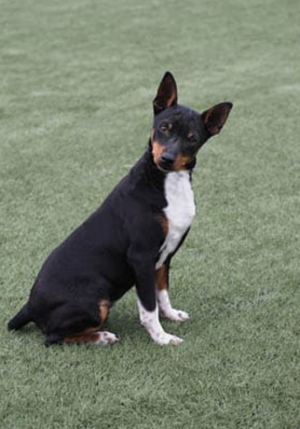
When a Valencian Ratter named “Kike de Ca Batiste” won the Spanish National Dog Show in 2011 for the first time, it would have been understandable to think the breed had “arrived,” and in some measure, perhaps it had. After all, it had only been recognized just seven years earlier by the Real Sociedad Canina de España, and in 2010, only 523 Ratonero Valencianos were registered with the RSCE. Add to this that the Valencian is sometimes confused with the Andalusian Ratter (the Valencian is smaller in size and taller than it is long), and to an outsider, it seems like a breed that gets little notice.
The win at the Spanish National Dog Show showed otherwise. The breed’s history does as well. The Valencian has been around for a long time. Like the Murcian Ratter, the “Gos Rater Valencià” has been eradicating vermin in the Valencian province since the 17th century. Unlike other countries that bred local ratters to be as small as possible so they could get into small spaces, the Valencian is of medium height, up to sixteen inches. This size may have been an advantage for the dog’s other historic role: Hunting water voles for their meat. As the dog pulled a critter out of its burrow, a person caught the vole with a funnel-shaped net. It was a time in which meat was not abundant, so the water rat was a prized delicacy among country people.
As with any old breed, there are several theories as to its origin, including the notion that descendents of Fox Terriers were introduced to native dogs. Some dismiss this out of hand because they don’t feel the Gos Rater Valencià is a Fox Terrier type dog, and point out that English dogs on the Levantine coast at the time were of little interest to locals. We may never know with certainty.
By all accounts, this is a very cheerful dog, a bit of a barker and suspicious of strangers, but welcomed traits in a tiny “guard dog.” Locals say the Valencian has the soul of a hunter, so successful was it in the past to control rodents that devastated the Valencian crop fields.
Sources suggest that efforts are on-going to get the breed recognized by the FCI, and as Valencian farmers have bred a very consistent breed, that acknowledgement may come sooner than later.
This concludes our series on the five ratters native to Spain. Be sure to check out the Andalusian Ratter, Majorca Ratter, Murcian Ratter, and Basque Ratter.
Image of Valencian Ratter found on Pinterest and happily credited upon receipt of information
